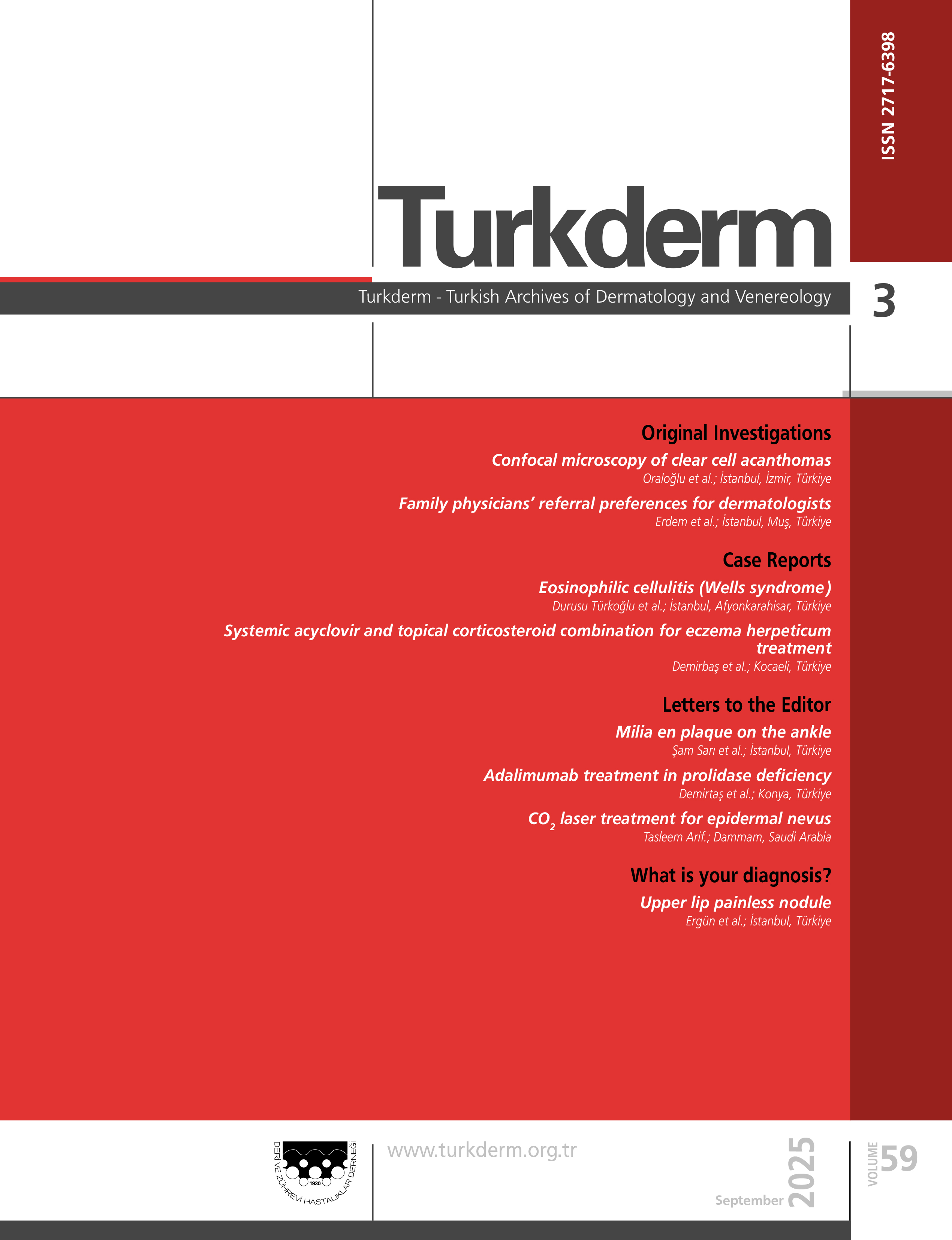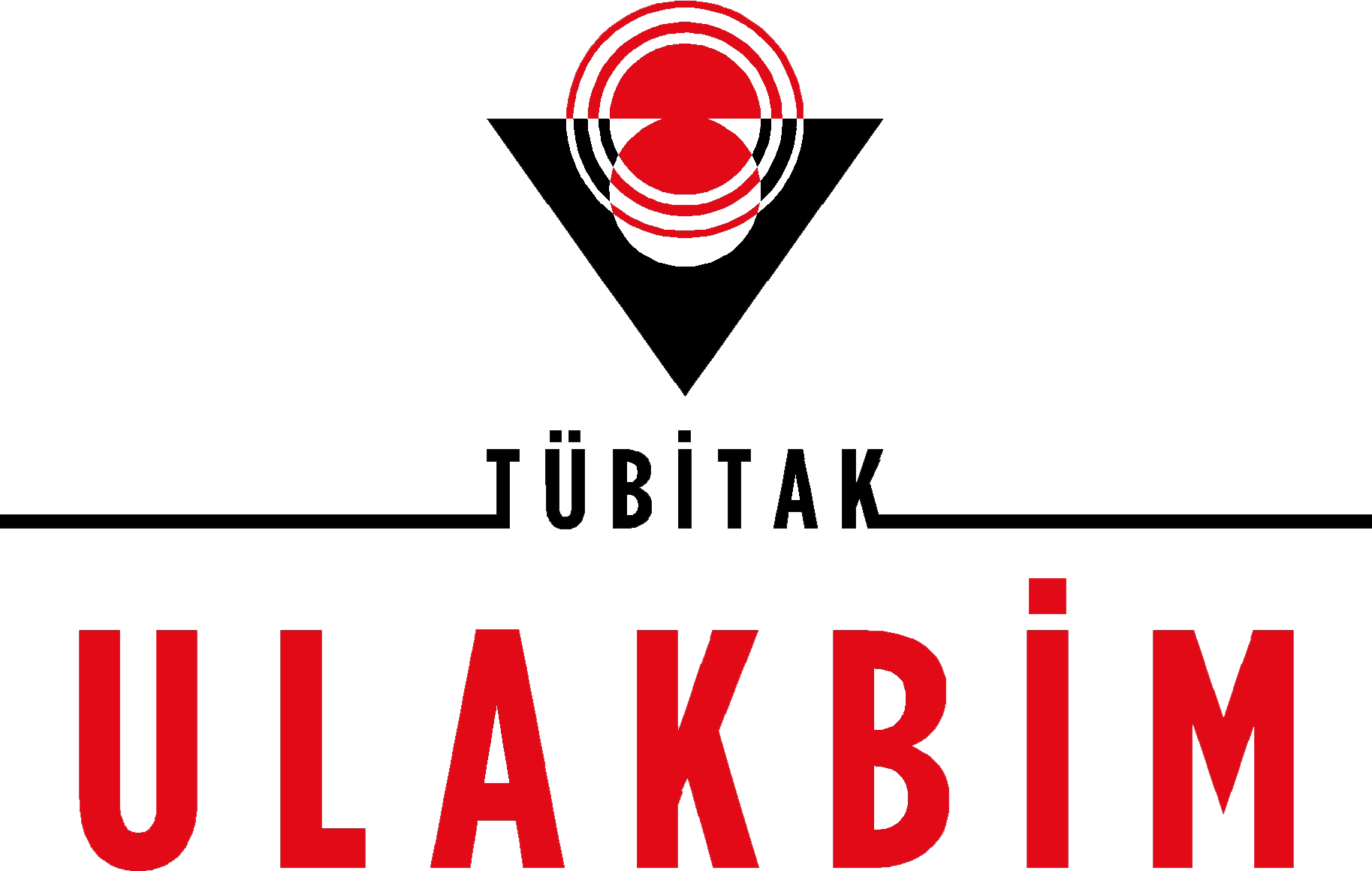Prevalence and clinical spectrum of childhood leprosy in a tertiary care hospital in Kolar
Naveena Gvl, Suresh Kumar Kuppuswamy, Rajashekar Talari Srinivas, Hanumanthayya KelojiSri Devaraj Urs Academy of Higher Education and Research, Department of Dermatology, Venereology and Leprosy, Kolar, IndiaBackground and Design: Leprosy is a chronic granulomatous, infectious disease that primarily affects the skin and peripheral nerves. Leprosy in children is an indicator of active transmission in the community. This study aimed to analyze the prevalence and clinical spectrum of childhood leprosy and highlight the importance of examining close contacts and the impact of detection and treatment of leprosy in the community.
Materials and Methods: This retrospective study included patients presenting to the dermatology department of a tertiary care hospital attached to a medical college during the years 2011-2019.
Results: Two hundred and twenty-three patients with leprosy were analyzed, of which 201 were adults and 22 were children. Children constituted 9.87% of the patients (approx. one child with leprosy for every 10 adults with leprosy). Of 22 children with leprosy, 13 (59.09%) were boys and nine (40.90%) were girls, with a ratio of 1.4: 1. Twelve of twenty-two child patients (54.54%) had a single patch, while 10 of 22 (45.45%) had more than one skin lesion. Fourteen patients (63.63%) were diagnosed clinically with borderline tuberculoid (BT) leprosy, and six patients (27.27%) had borderline lepromatous leprosy. Of the fourteen patients with BT leprosy, 10 patients (71.4%) had a single lesion. Eleven patients (50%) were diagnosed with multibacillary leprosy, and eleven patients (50%) were diagnosed with paucibacillary leprosy. A clinicopathological correlation was noted in 16 patients (72.72%). Family contact was observed in four children with leprosy.
Conclusion: A high proportion of childhood leprosy cases indicates active transmission and warrants awareness among the community members and healthcare workers in terms of early detection and treatment of childhood and adult leprosy. This helps in preventing transmission, development of grave deformities, and associated social stigma of leprosy among the community members.
Kolardaki üçüncü basamak hastanede pediatrik lepra prevalansı ve klinik spektrumu
Naveena Gvl, Suresh Kumar Kuppuswamy, Rajashekar Talari Srinivas, Hanumanthayya KelojiDermatoloji Anabilim Dalı, Venereoloji Ve Cüzzam, Sri Devaraj Urs Yüksek Öğretim Ve Araştırma Akademisi (sduaher), Kolar, Karnataka, HindistanAmaç: Lepra, esas olarak deriyi ve periferik sinirleri etkileyen kronik granülomatöz, bulaşıcı bir hastalıktır. Pediatrik lepra, toplumdaki aktif bulaşmanın bir göstergesidir. Çalışmanın amacı, pediatrik lepranın yaygınlığını ve klinik spektrumunu analiz etmek, yakın temasların incelenmesinin önemini ve toplumda lepranın tespiti ve tedavisinin etkisini vurgulamaktır.
Gereç ve Yöntem: Bu retrospektif çalışma, 2011-2019 yılları arasında tıp fakültesine bağlı üçüncü basamak bir hastanenin dermatoloji bölümünde gerçekleştirildi.
Bulgular: Toplam 223 lepra olgusu analiz edildi, bunların 201i yetişkin lepra olgusu ve 22si pediatrik lepra olgusuydu. Pediatrik lepra oranı %9,87 idi. (her 10 yetişkin lepra olgusu için yaklaşık 1 pediatrik lepra olgusu). Yirmi iki pediatrik lepra olgusundan, 13ü (%59,09) erkek, 9u (%40,90) kızdı. Erkek: Kız oranı 1,4: 1 idi, %54,54te (22 hastanın 12si) tek yama vardı, %45,45inde (22 hastanın 10u) birden fazla deri lezyonu vardı. On dört hasta (%63,63) klinik olarak borderline tüberküloit (BT) lepra tanısı almıştı ve altı hastada (%27,27) borderline lepromatous lepra vardı. On dört BT lepra hastasından 10unda (%71,4) tek lezyon vardı. On bir (%50) olgu multibasiller, on bir (%50) olgu paucibacillary idi. Klinikopatolojik korelasyon 16 (%72,72) hasta arasında görüldü. Aile teması (bulaşı) 4 pediatrik lepra olgusunda görüldü.
Sonuç: Pediatrik lepra olgularının yüksek oranı, aktif bulaşma olduğunu gösterir ve toplum üyeleri ile sağlık çalışanları arasında pediatrik ve erişkin leprasının erken teşhisi ve tedavisi konusunda farkındalık sağlar. Bu, topluluk üyeleri arasında yayılımın, ciddi deformitelerin gelişmesinin ve lepra ilişkili sosyal damgalanmanın önlenmesine yardımcı olur.
Manuscript Language: English























